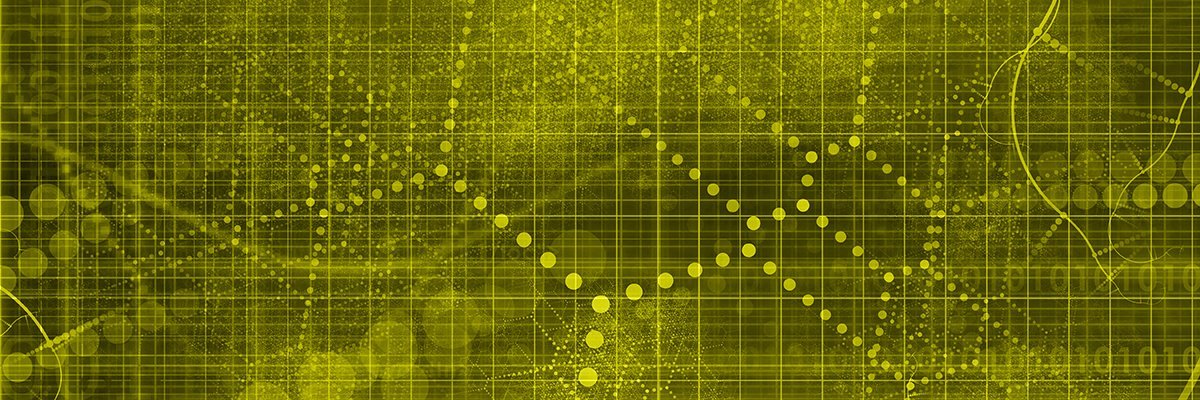
Microsoft’s recent acquisition of Revolution Analytics represents a significant move on the company’s part. Revolution Analytics is built around the highly popular R language, an open source programming language designed specifically for statistical analytics.
Relational databases are far from dead – explore the case for their ongoing relevance in our new guide, available for free after participating in our short survey!
You also agree that your personal information may be transferred and processed in the United States, and that you have read and agree to the Terms of Use and the Privacy Policy.
In addition to the R language, Revolution Analytics offers two platforms for developing and deploying R-based applications, one of which is also open source and available free to the public. With this acquisition, Microsoft is clearly moving into new territory. The question that remains is whether the impact will be felt only within Microsoft, or across the R community at large.
The world of Revolution Analytics
Formed in 2007, Revolution Analytics set out to build and support the R community as well as meet the needs of a growing commercial base. Since then, Revolution Analytics has become the world’s largest provider of R-related software and services. That shouldn’t be surprising, given that R is the world’s most widely used programming language for statistical computing and predictive analytics.
Since its rise to fame, Revolution Analytics has continued to support the open source community, contributing regularly to projects such as RHadoopand ParallelR. The company also supports more than 150 R-based user groups across the globe. Revolution Analytics’ own open source product, Revolution R Open, provides a development platform for R-based applications that users can download for free and share with other users, making analytical software affordable to a wide range of individuals and organizations.
Yet Revolution Analytics has been just as busy on the commercial side with Revolution R Enterprise, a more sophisticated version of the open platform. With the enterprise edition, organizations can implement scaled-out options for exploring and modeling large sets of data. The enterprise edition uses parallel external memory algorithms to support large-scale predictive modeling, data statistics and machine-learning capabilities, delivered at breakneck speeds on multiple environments.
A closer look at R
Ross Ihaka and Robert Gentleman at the University of Auckland created the R language in 1993 to address the limitations of existing analytical solutions. In 1995, they released R to the open source community under the terms of the GNU General Public License established by the Free Software Foundation.
From there, the code quickly gained in popularity among analysts and those developing analytical applications. Organizations that have used R include Google, Facebook, Twitter, Nordstrom, Bank of America and The New York Times, to name a few. R set a new standard for analytics that delivered predictive modeling capabilities lacking in more traditional languages.
Because R was created by and for statisticians, it contains many of the features needed to accomplish common statistical-related tasks. For example, R includes data frames, a natural data structure available in few other languages. R also makes it easier to track unknown values within an application so the actual values can be easily inserted once they are known. In addition, R makes it easy to save, reuse and share new analytical techniques with other developers and data scientists.
The R language is particularly efficient at generating visualizations, such as charts and graphs, to identify patterns and hidden anomalies. The language is efficient at reading data, generating lines and points, and properly positioning them into meaningful representations, whether maps, plots (image, scatter, bar), 3-D surfaces or pie charts.
What’s in it for Microsoft?
According to Microsoft, the Revolution Analytics acquisition will help its customers more easily implement advanced analytics within Microsoft platforms, including on-premises, on Microsoft Azure or in hybrid cloud implementations.
To this end, Microsoft plans to build R and Revolution Analytics’ technologies into Microsoft data systems, including SQL Server. Developers and data scientists will be able to take advantage of in-database analytic capabilities that can be deployed across environments. Microsoft also plans to integrate R into Azure HDInsight and Azure Machine Learning, providing more options for creating analytical models that can aid in making data-driven decisions.
Microsoft’s deep pockets also will let the company invest in the R-based applications that Revolution Analytics brings to the table. In addition, Microsoft promises continued support of Revolution R Enterprise across multiple operating systems and heterogeneous platforms such as Hadoopand Teradata. In addition, Microsoft says it will also continue Revolution Analytics’ education and training efforts for developers and data scientists.
What is particularly interesting about Microsoft’s acquisition is its stated commitment to foster Revolution Analytics’ open source nature, not only for the R language, but also for other open source commitments, including Revolution R Open, ParallelR, RHadoop, DeployR and other notable projects.
Perhaps this isn’t such a leap. Microsoft was already an R proponent long before bringing Revolution Analytics on board, having used R to enhance Xbox online gaming and to apply machine learning to data coming from such sources as Bing, Azure and Office. And Microsoft already supports R extensively within the Azure framework.
Microsoft’s acquisition of Revolution Analytics is still new, and despite the promises coming out of both companies, we don’t know what R will look like once everything has played out. What we do know is that R is a popular and widely implemented technology used in a wide range of analytical applications. The marriage between Microsoft and Revolution Analytics could go a long way in solidifying R’s hold on analytics. And we all know how much Microsoft likes to maintain its hold over those industry pieces of the pie.
[Source:- techtarget]
